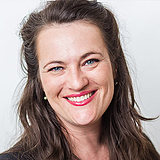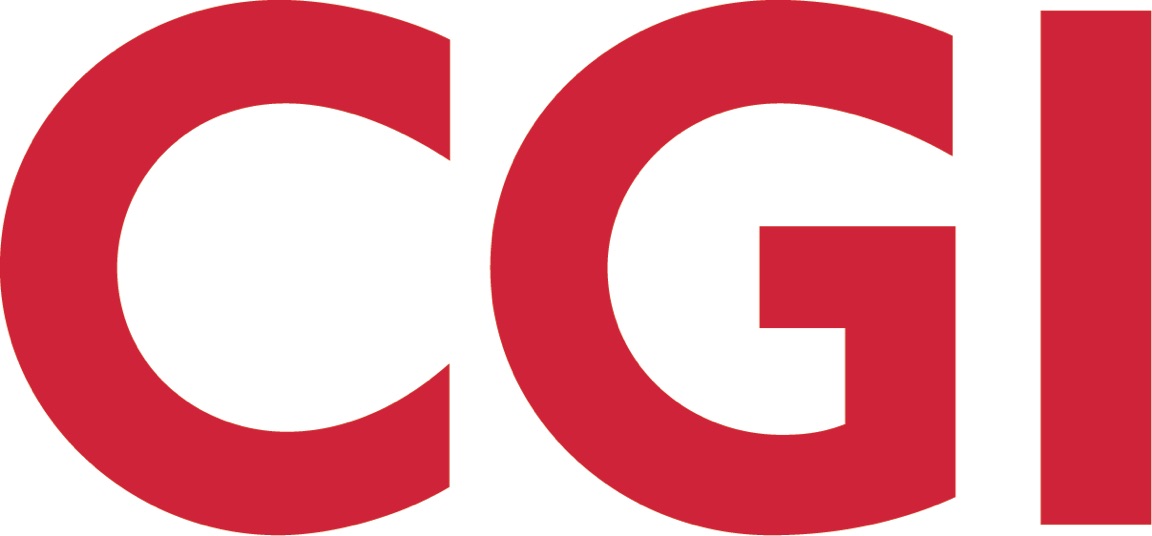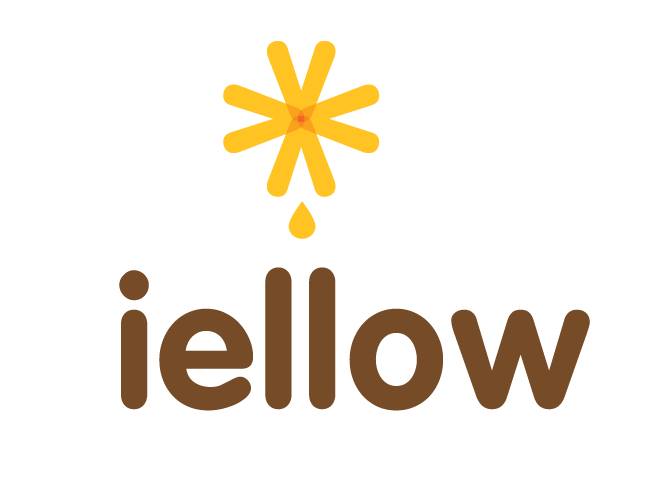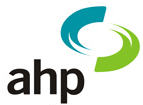Jody is passionate about making technology speak human through Natural User Experience (NUX) for future tech. Inspired by human interactions with the real world, she uses cognitive ergonomics and exponential technologies (eg, artificial intelligence, mixed reality, robotics) to drastically reduce the steps between intent and result; creating tools that help humans become more powerful. She creates superhumans, not supercomputers.
Today, she is Director of Design for Singularity University Labs, where she incubates solutions to Global Grand Challenges using exponential technologies. She’s spent the last 7 years on AR/VR, most notably as Principal Experience Designer on the HoloLens Project at Microsoft and Principal UX at LEAP Motion. She’s a collaborator with the art crew Five Ton Crane, and in her spare time, makes her own clothes while building robots and rockets.-
Author of:
24
14:00 - 17:30
Meet at Room 5Workshop
Workshop on Wheels
Lace up your trekking shoes, apply sunscreen, charge-up your camera and then gird yourself for a half-day experiential crucible where ancient, modern and post-modern architectonics collide in a human drama at grand scale; where people over millennia have striven to derive meaning in and from the complexities and contradictions of their built environment: the streets of Lisbon, Portugal.
This workshop-on-wheels (and on foot) will be led by Dan Klyn, an information architect whose focus in teaching and in practice has been to apply lessons from close study of architecture in the built environment to the architecture and design of places made of information.
As we wend our way in, around and through the urban fabric of Lisbon, we’ll activate all of our senses and critical faculties in a series of extraordinary places and spaces, selected as contrasting examples of what “good” means (or is supposed to mean) in the built environment around us. At intervals, we’ll be “reading” these structures as texts: reverse-engineering what the builders’ intent may have been from our experiences in the spaces they made.
We’ll also consider architectures of information that are co-present in these architectures of steel and stone and ask: what are the traces of the flow of information through the urban environment? In addition to the devices we carry, how does the physical environment support the storage and delivery of information and meaning?
As part of asking questions such as these, we’ll get hands-on with analytical tools from the work of contemporary architects, and learn together how much or little assistance they provide us toward the answers we seek. In particular, we’ll apply theoretical frameworks from Venturi & Scott Brown, Christopher Alexander and Christian Norberg-Schulz, with the purpose of increasing our understanding of architectures of all kinds, both physical and digital.
Activities
The afternoon and itinerary are structured to balance the opportunities we have to walk in and around buildings, streets and alcoves too narrow for motorized transport with the luxury of being whisked off to points of interest and significant buildings that’re beyond a comfortable walking radius from the conference center.
Activities primarily entail site visits, where Klyn provides historical context and docent-style explanation of noteworthy aspects of architectonic form and function as a springboard for participants’ exploration and analysis of the buildings and spaces in the itinerary. Each stop on the journey is paired with questions to be explored and objections to be raised, with the purpose of activating and amplifying the knowledge and experiences attendees have had in making places made of information through comparison with places made of space, mass and light.
Activity One: Ducks and Decorated Sheds
Meaning in architecture can be located and understood as a duality between surfaces and structures, skins and bones. Participants will take turns seeking, finding and analyzing certain features of certain buildings in terms of ducks and sheds. Based on the work of Venturi & Scott Brown.
Activity Two: Zeitgeist and Genius Loci
A second architectural duality will be manifested variously in the places we’ll visit. The reason places and spaces are made the way they’re made is driven by certain forces and clusters of forces at the time and in the place where building happens. At one pole, the spirit of the age manifests itself in the formal aspects of buildings and spaces that’re meant to be good for people to inhabit. At the other end of this polarity are spaces and structures that arise from the forces of the land, climate, and culture in the given environment. Based on the work of Christian Norbert-Schulz, we’ll run an analysis in both directions.
Activity Three: 15 Properties of Living Structure
Christopher Alexander had to sue the University of California for the right to teach architecture the way he professes it. Alexander’s work has had as strong a magnetic pull for architects of information systems as it’s had a repelling effect on architects in the built environment. However, even while Alexander’s built work speaks clearly and boldly to the goodness of the approaches and cosmologies he professes, examples of successful (or even fruitful) application of Alexander’s ways of seeing and making to contemporary user experience design practice are few. The last third of our day will be focused on identifying and scrutinizing the presence and absence of what Alexander claims are the fifteen properties of living structure. Based on Alexander’s book The Nature of Order.
What You’ll Learn
Participants will learn how to apply three complimentary theoretical frameworks from and to architecture in the built environment as a lens for understanding of the work they do in the making of digital product and service ecosystems.
Who’s It For?
All attendees of UXLX are welcome to sign up for this workshop: it assumes no prior knowledge of architecture or information architecture.
What To Bring
- Mobile Phone
- Camera
- Sunscreen
- Comfortable Shoes
26
09:00 - 12:30
Aud IIIWorkshop
New Forms of Interaction
In this workshop, we’ll discuss how exponential technologies like Augmented Reality, Robotics, IoT, and Wearables will dramatically change the future of Human Machine Interfaces. Then we’ll experiment with physical methods to prototype these new interaction models.
Topics Covered
- Rooms Full of Magical Objects: AR ties virtual to real in a meaningful way. UI is an interruption with big costs. Technology use shouldn’t have to take up so much of our attention.
- SciFi Design Intelligence: Imagine the world without screens. If you could walk into a magical room of objects what would you do? If you had superpowers what would be different?
- Physical Prototyping: Think with your hands (Embodied Cognition); Different ways to do a physical prototype.
25
09:00 - 09:45
Auditorium ITalk
Becoming Superhumans
Have you ever dreamed of being a superhero and having superpowers? When Jody was a kid, she wanted the Jedi mind trick. And then to be like Jean Grey from the X-men. Where she would spend hours upon hours just focusing on objects, trying to move them with her mind. With many of the newest technologies just like VR we’re able to do that. In her talk Jody shares mind blowing insights of what the future holds for us. What is your superpower?


























